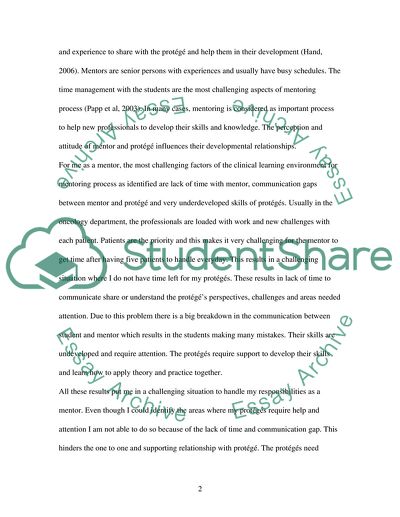Cite this document
(Formal and Informal Mentoring Relationships Assignment, n.d.)
Formal and Informal Mentoring Relationships Assignment. Retrieved from https://studentshare.org/sociology/1555087-mentorship
Formal and Informal Mentoring Relationships Assignment. Retrieved from https://studentshare.org/sociology/1555087-mentorship
(Formal and Informal Mentoring Relationships Assignment)
Formal and Informal Mentoring Relationships Assignment. https://studentshare.org/sociology/1555087-mentorship.
Formal and Informal Mentoring Relationships Assignment. https://studentshare.org/sociology/1555087-mentorship.
“Formal and Informal Mentoring Relationships Assignment”, n.d. https://studentshare.org/sociology/1555087-mentorship.


